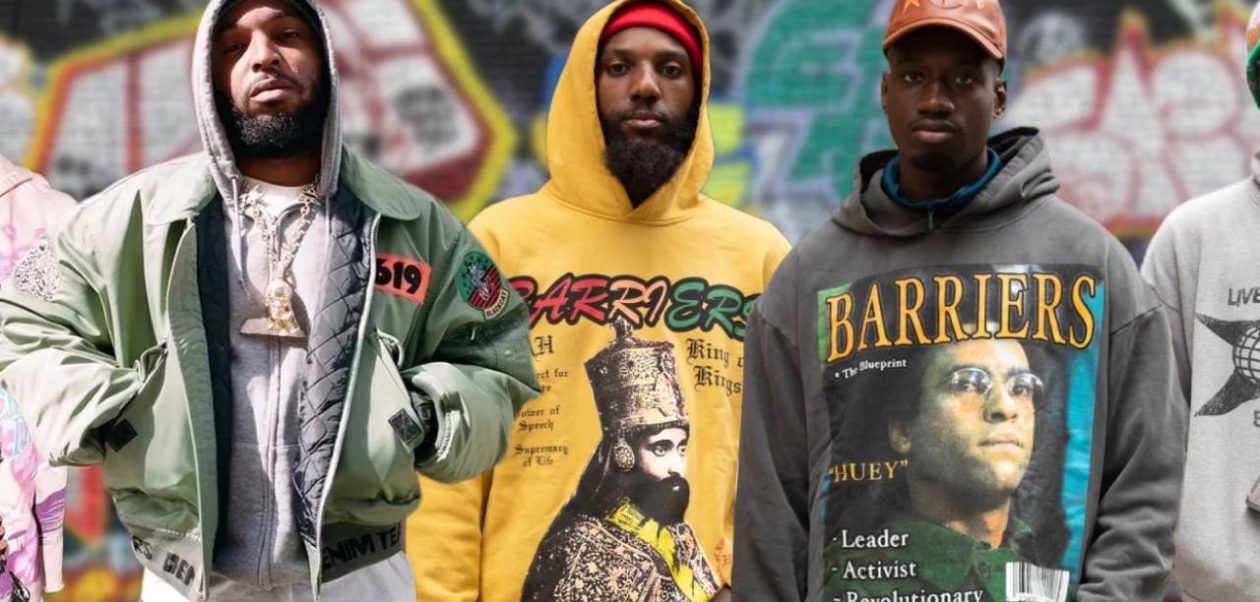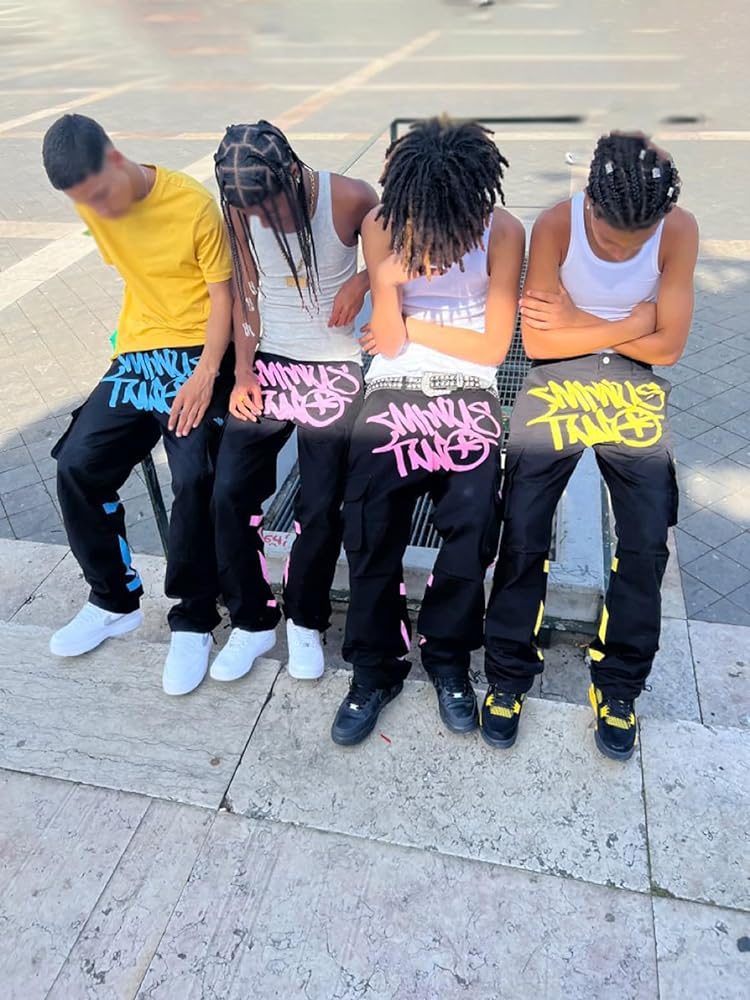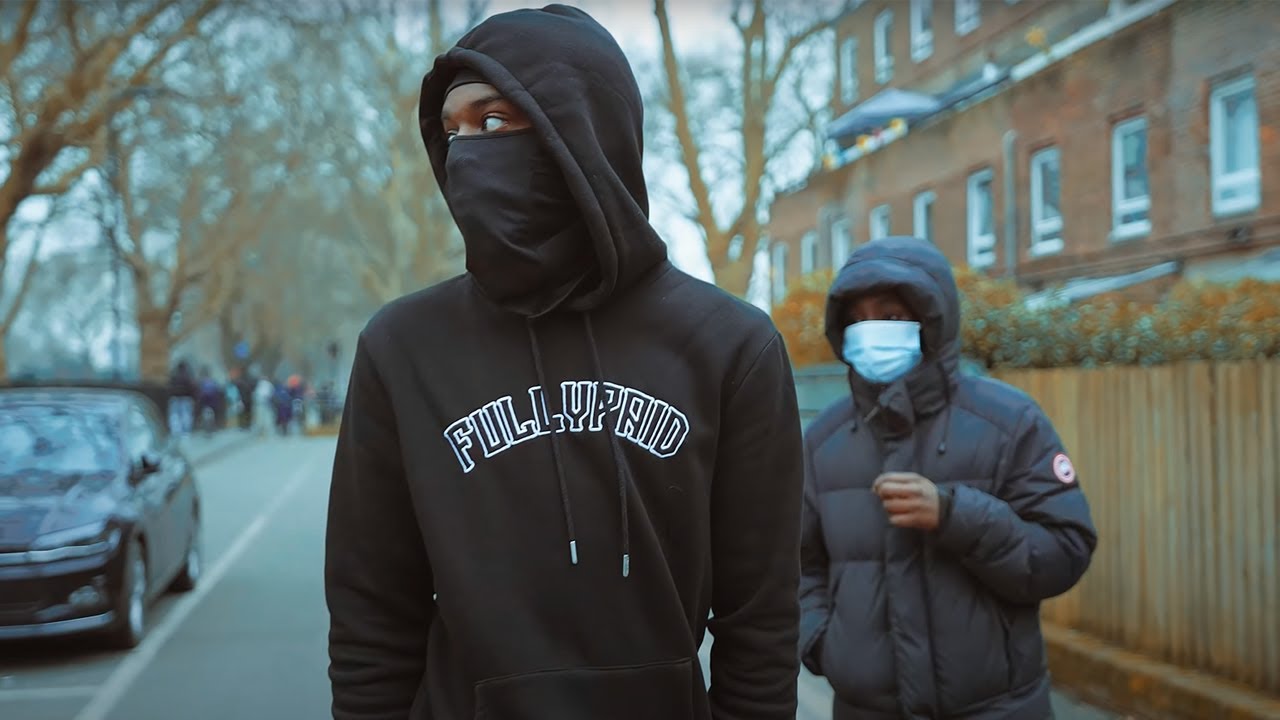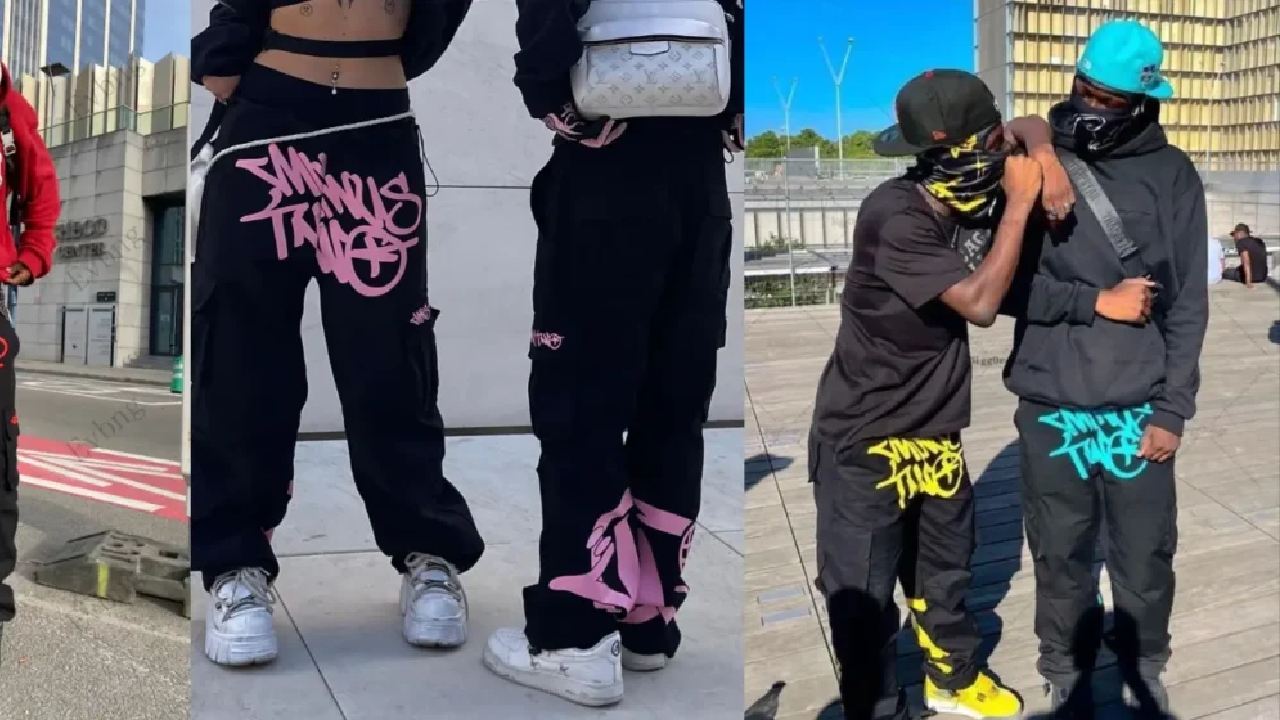Clothing is more than just fabric; it’s a cultural artifact that reflects history, social norms, and individual identity. As societies evolve, so too does their approach to clothing, which often serves as a barrier, both literal and figurative, between people and their environments. This article explores how clothing has functioned as a barrier throughout history, from practical protection to social symbolism, and how these barriers have evolved over time.
The Practical Barrier: Protection and Adaptation
Clothing’s earliest function was practical: protection from the elements. In harsh climates, early humans used animal skins and plant fibers to shield themselves from cold, heat, and environmental hazards. These garments were essential Barriers Clothing against nature’s extremes, allowing our ancestors to survive and thrive in diverse environments across the globe.
As societies developed, so too did the materials and styles of clothing. From the tailored suits of European nobility to the layered robes of Asian cultures, clothing became not only a practical necessity but also a marker of social status and cultural identity. These distinctions created barriers between social classes and reinforced hierarchical structures within communities.
The Social Barrier: Identity and Expression
Beyond protection, clothing became a powerful tool for social expression and identity formation. In many cultures, what one wore signaled their tribe, occupation, or marital status. For example, the vibrant textiles of West African garments conveyed familial heritage and societal roles, while the intricate patterns of Native American regalia celebrated spiritual beliefs and community ties.
Throughout history, Barrriers Hoodie has also served as a barrier between genders, reinforcing traditional roles and expectations. In Western societies, for instance, men and women often wore distinct attire that reflected their prescribed social roles. These gendered clothing norms created boundaries that limited self-expression and perpetuated societal norms.
Breaking Down Barriers: Modern Perspectives
In recent decades, the meaning and function of clothing have undergone significant transformations. The rise of globalization and social movements advocating for equality and inclusivity have challenged traditional barriers associated with clothing. Today, fashion serves not only as a means of self-expression but also as a platform for social change and cultural exchange.
For example, the emergence of gender-neutral fashion has challenged binary notions of dress, offering individuals the freedom to express their identity beyond traditional constraints. Brands and designers increasingly prioritize sustainability, using eco-friendly materials and ethical practices to reduce the environmental impact of clothing production. These shifts reflect a broader movement towards dismantling barriers that once defined and confined fashion choices.
Conclusion
Clothing has evolved from a simple protective covering to a complex symbol of identity, status, and cultural expression. Throughout history, barriers related to clothing have both separated and connected communities, shaping social dynamics and individual experiences. As we navigate an increasingly interconnected world, the role of clothing continues to evolve, reflecting changing attitudes towards identity, sustainability, and social justice.
In essence, clothing remains a powerful medium through which we negotiate our relationship with ourselves and the world around us. By understanding its historical and cultural significance, we can appreciate how clothing both reflects and shapes the barriers that define human societies.




